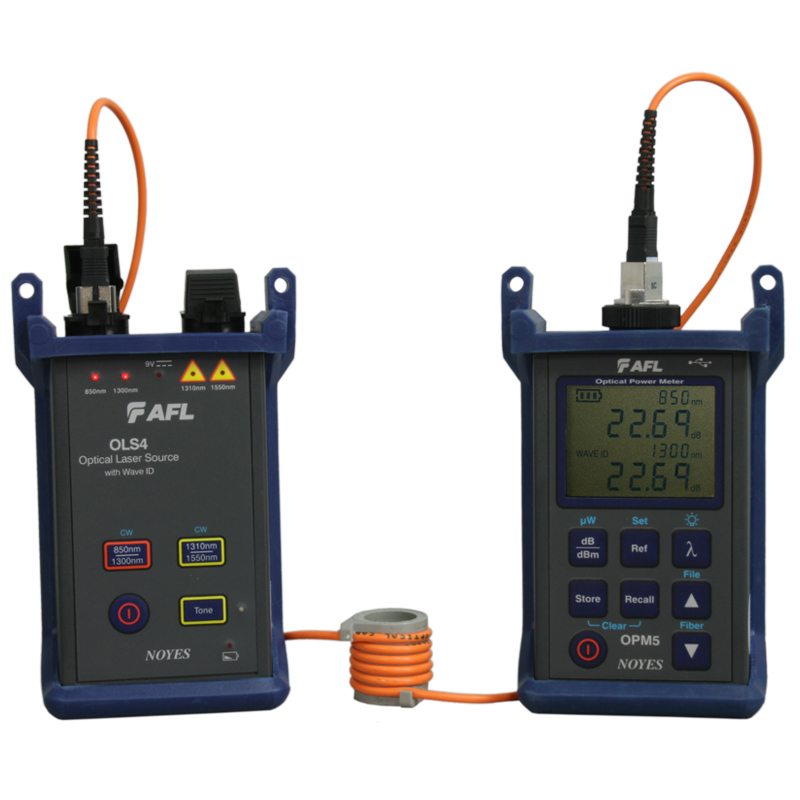Learn about the latest advancements in ofda systems for precise fibre analysis.
Wiki Article
Exploring the Benefits of Optical Fiber Evaluating for Enhanced Interaction Solutions
The significance of optical fiber testing in contemporary interaction systems can not be overstated, as it acts as a foundation for guaranteeing network integrity and performance. Utilizing innovative approaches such as Optical Time-Domain Reflectometry (OTDR) and insertion loss evaluation, organizations can not just identify mistakes but additionally optimize their arrangements. This positive screening method has extensive ramifications for signal quality and functional efficiency, elevating the question of just how these practices add to long-term sustainability in an ever-evolving technical landscape. Understanding these characteristics is important for stakeholders intending to maintain an one-upmanship.Value of Optical Fibre Testing
The value of optical fibre testing can not be overemphasized in today's data-driven setting. As organizations progressively count on high-speed information transmission for day-to-day operations, the integrity and performance of optical fibre networks are vital. Examining makes certain that these networks can support the vast amounts of data generated and transmitted perfectly, promoting effective communication and connectivity.Optical fibre testing serves multiple crucial functions, including confirming setup high quality, determining prospective faults, and identifying general system performance. Routine testing can avoid expensive downtimes and service interruptions, allowing organizations to keep functional connection. It aids in conformity with market requirements and policies, guaranteeing that fibre optic installations meet required specifications for safety and security and integrity.
Furthermore, testing can enhance the longevity of fiber optic systems. By proactively determining issues such as signal loss, depletion, or port failures, companies can attend to problems prior to they rise, therefore prolonging the life of their infrastructure. In recap, optical fiber screening is not simply a technical demand but a strategic financial investment that boosts network integrity, optimizes efficiency, and inevitably supports the development and effectiveness of modern communication systems.
Trick Checking Techniques

OTDR is a crucial strategy used to determine mistakes, measure splice losses, and evaluate the total integrity of a fibre optic link. By sending a pulse of light down the fiber and evaluating the mirrored light, technicians can identify areas of mistakes and assess the network's performance over fars away.
Insertion loss testing measures the quantity of signal loss that takes place when light passes with a connection or splice. This technique is crucial for verifying that links fulfill specified loss thresholds, which is essential for preserving optimum performance in interaction systems.
Optical return loss testing quantifies the amount of light reflected back towards the source due to flaws in the fiber or links. High return loss values suggest much better efficiency and minimized signal destruction.
With each other, these screening techniques supply a thorough evaluation of fiber optic networks, guaranteeing their integrity and capability in varied interaction applications.
Influence On System Efficiency
Efficient optical fibre testing straight affects the total performance of communication systems. By ensuring the integrity of fiber optic wires, screening recognizes possible faults such as attenuation, splice loss, and connector imbalance. These concerns can significantly degrade signal quality, leading to interruptions and lowered information transmission speeds.Additionally, regular optical fibre testing adds to long-term system sustainability. It makes it possible for early detection of wear and tear, enabling for prompt upkeep and upgrades prior to major failures take place. This not only prolongs the lifespan of the facilities yet additionally ensures that interaction systems remain competitive in terms of efficiency.
Cost-Effectiveness and Performance
Cost-effectiveness is a crucial factor to consider in the implementation and maintenance of optical fibre networks. Executing robust optical fiber testing procedures can dramatically decrease functional expenses by recognizing problems before they intensify right into significant troubles. robotic vision. By detecting mistakes, attenuation, and other efficiency limitations early, organizations can prevent expensive repair work and downtime, which can interfere with services and lead to earnings lossIn addition, efficient testing methods streamline the installment process, optical fibre testing equipment enabling technicians to function better. This translates to lower labour prices and faster task conclusion times. Advanced screening tools, such as Optical Time Domain Name Reflectometers (OTDRs), enables a specific analysis of fibre quality, making sure that only optimum products are utilized, thereby minimizing waste.
Routine screening likewise contributes to better source allotment. By understanding the network's performance, companies can make educated choices about upgrades and developments, guaranteeing that financial investments are made where they are most needed. In summary, optical fiber testing improves cost-effectiveness and efficiency, supporting the lasting sustainability and competitiveness of communication systems in a significantly demanding market.
Guaranteeing Long-Term Integrity
Executing strenuous optical fiber testing not only boosts cost savings and functional performance but likewise plays a crucial role in guaranteeing the lasting reliability of interaction networks. Regular screening techniques, consisting of depletion and transmission capacity analyses, assistance identify potential degradation in fiber performance prior to it brings about service interruptions.By utilizing sophisticated testing approaches, network operators can identify mistakes or weak points in the fiber framework, permitting prompt removal. This aggressive approach minimizes downtime, guaranteeing that communication systems stay practical and effective. In addition, normal screening adds to the growth of an extra durable network, as drivers can adapt and enhance their infrastructure based on real-time data understandings. ofda.
Furthermore, making sure compliance with industry criteria via optical fibre testing enhances the top quality and stability of the entire interaction system. This adherence not just reinforces confidence amongst stakeholders however also straightens with governing demands, which are increasingly strict.
Conclusion
In conclusion, optical fibre screening serves as an essential part in improving interaction systems. By employing different screening methods, such as OTDR and insertion loss evaluations, networks can attain optimal performance and integrity.Report this wiki page